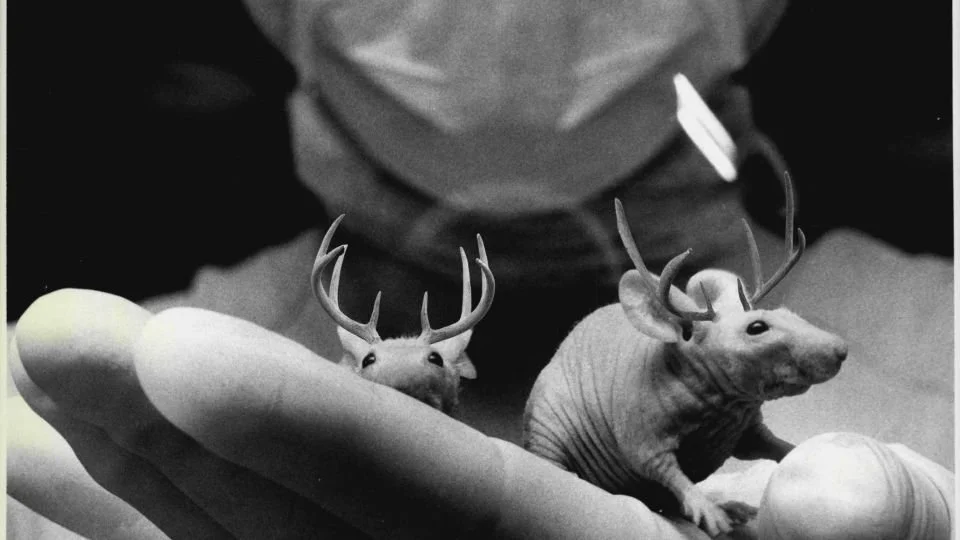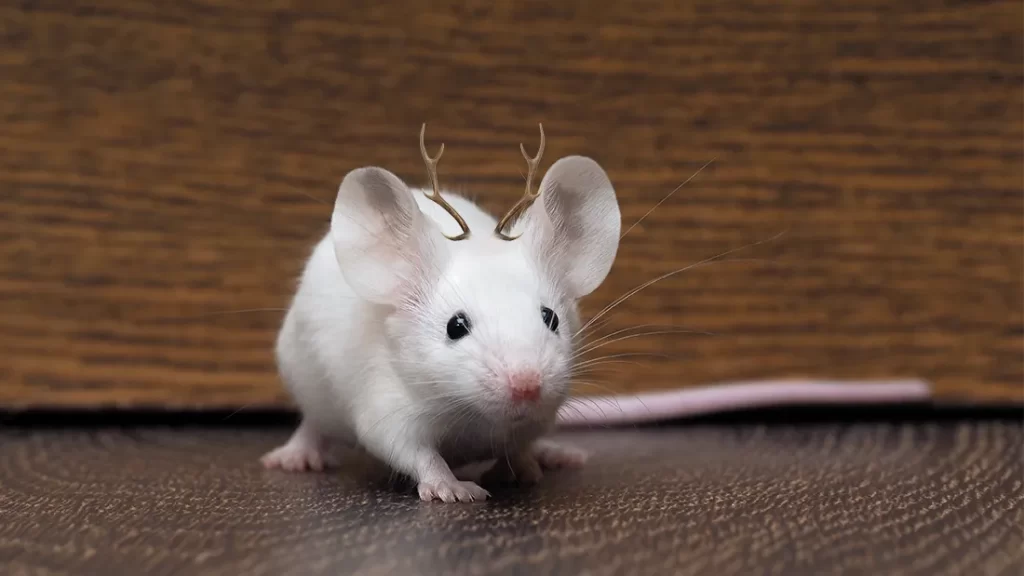The development of regenerative medicine has long been a goal for scientists seeking to restore damaged or lost tissue in the human body. In recent years, research has shown that some animals, such as salamanders and certain species of fish, have the ability to regenerate lost body parts. However, mammals have lost this ability, with the exception of antlers, which regenerate annually in certain deer species.
In a recent study, Chinese researchers successfully implanted deer cells into mice, resulting in the growth of “mini antlers” on the mice’s heads. The researchers identified key stem cells and genes critical to the development of antlers, which could provide insights into regenerative medicine for bone fractures and other injuries.

The study found that antlers grow at an astonishing rate of 2.75 centimeters per day, making them one of the fastest-regenerating tissues in the animal kingdom. The researchers identified stem cells that were highly active in the regeneration of antlers and isolated them for further study.
By culturing the stem cells with the most regrowth potential and implanting them into the heads of mice, the researchers were able to observe the genetic mechanisms that lead to the development of antlers. The mice grew mini antlers within 45 days, displaying the potential for these cells to be utilized in regenerative medicine for bone fractures.

The study’s findings suggest that mammals may still contain regenerative genes, even if they have lost the ability to regenerate organs. While the development of regenerative medicine for humans is still in its early stages, the study offers hope for future advancements in the field.
Overall, the study demonstrates the importance of studying the regenerative capabilities of animals and the potential for these findings to be translated into human medicine. With further research, scientists may be able to harness the regenerative power of antlers and other animals to restore damaged or lost tissue in humans.


